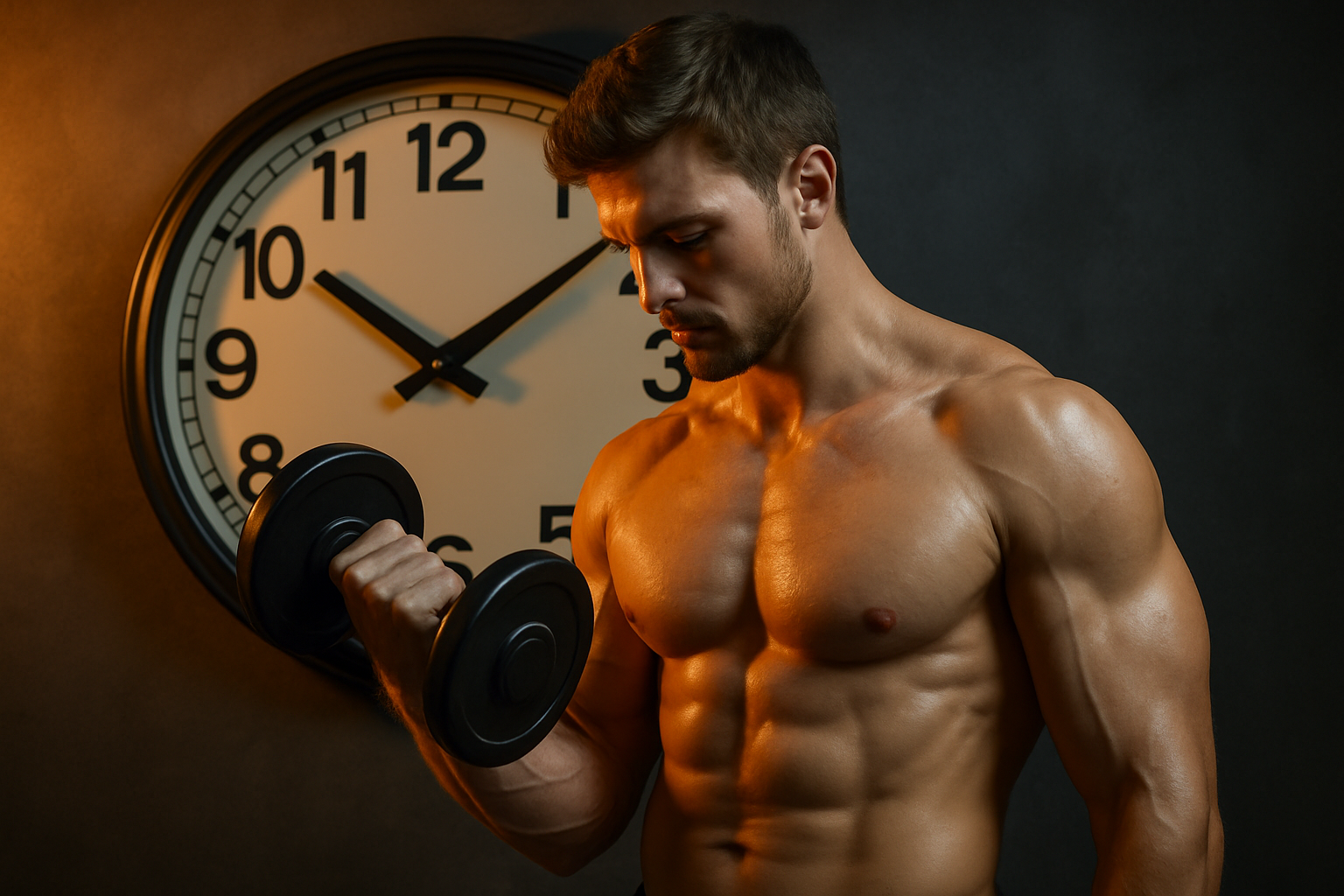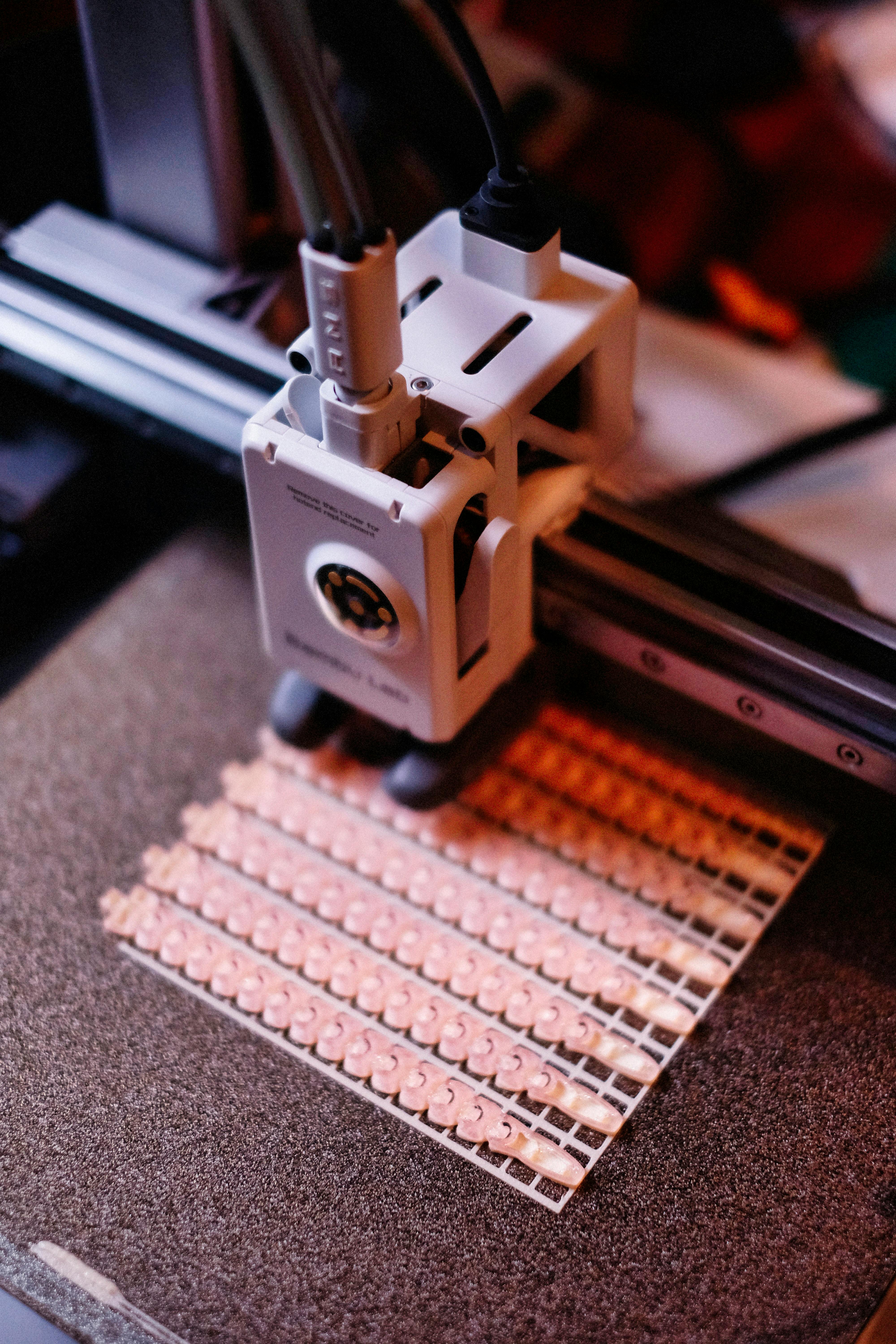Chrono-Fitness: Timing Your Workout for Maximum Results
The intersection of circadian rhythms and exercise science is revolutionizing how we approach fitness. Chrono-fitness, a cutting-edge concept, suggests that the timing of our workouts can significantly impact their effectiveness. This innovative approach considers our body's natural biological clock to optimize exercise routines, potentially leading to enhanced performance, better recovery, and improved overall health outcomes. As the fitness industry evolves, chrono-fitness is emerging as a game-changer, offering a personalized and scientifically-backed method to achieve fitness goals. By aligning workout schedules with our internal rhythms, we may be on the cusp of unlocking a new era in exercise efficiency and effectiveness.

The concept of chrono-fitness leverages this knowledge to strategically time workouts for optimal results. For instance, studies have found that muscle strength and flexibility peak in the late afternoon, while endurance activities might be more effective in the morning when core body temperature is lower. Understanding these patterns allows individuals to tailor their exercise routines to their body’s natural peaks and valleys.
Morning vs. Evening Workouts: Timing Matters
The debate between morning and evening workouts has long been a topic of discussion in the fitness community. Chrono-fitness provides a nuanced perspective on this issue, suggesting that the ideal workout time depends on individual goals and body rhythms.
Morning workouts, typically performed between 6 AM and 9 AM, have been associated with improved fat burning and metabolism boosting. This is partly due to higher cortisol levels in the morning, which can enhance fat oxidation. Additionally, morning exercise has been linked to better sleep quality and increased alertness throughout the day.
Evening workouts, on the other hand, often yield higher performance in strength and power-based activities. The body’s core temperature peaks in the late afternoon, leading to improved muscle function and reduced risk of injury. Some studies also suggest that evening exercise may be more effective for building muscle mass due to higher testosterone levels at this time.
Hormonal Fluctuations and Exercise Timing
Hormones play a crucial role in how our bodies respond to exercise, and their levels fluctuate throughout the day. Chrono-fitness takes these hormonal rhythms into account to maximize workout benefits.
Cortisol, often referred to as the stress hormone, is highest in the morning and gradually decreases throughout the day. This makes morning workouts potentially more effective for fat loss and endurance training. Conversely, testosterone levels tend to peak in the late afternoon and early evening, which can be advantageous for strength training and muscle building.
Growth hormone, essential for muscle repair and growth, is released in pulses throughout the day but reaches its highest levels during sleep. This supports the importance of proper rest and recovery in any fitness regimen, regardless of workout timing.
Chrono-Fitness for Weight Management
For those focused on weight management, chrono-fitness offers intriguing insights. Studies have shown that exercising in a fasted state, typically in the morning before breakfast, may lead to increased fat oxidation. This is due to lower insulin levels and depleted glycogen stores, forcing the body to tap into fat reserves for energy.
However, it’s not just about when you exercise, but also when you eat. The concept of “nutrient timing” in chrono-fitness suggests that consuming protein and carbohydrates immediately after a workout can enhance muscle recovery and growth, regardless of the time of day.
Interestingly, some research indicates that evening workouts might suppress appetite, potentially aiding in weight control by reducing late-night snacking. This highlights the complex interplay between exercise timing, metabolism, and eating habits.
Personalizing Chrono-Fitness: One Size Doesn’t Fit All
While chrono-fitness provides general guidelines based on circadian rhythms, it’s crucial to recognize that individual variations exist. Factors such as genetics, lifestyle, and personal preferences all play a role in determining the optimal workout time for each person.
Chronotypes, or individual circadian typology, can significantly influence exercise performance and recovery. “Night owls” may find that they perform better in evening workouts, while “early birds” might thrive with morning exercise routines. Understanding your chronotype can help in tailoring a fitness plan that aligns with your natural rhythms.
Additionally, practical considerations such as work schedules, family commitments, and sleep patterns must be taken into account when implementing chrono-fitness principles. The most effective workout routine is one that can be consistently maintained, regardless of its timing.
The Future of Chrono-Fitness: Technology and Personalization
As chrono-fitness gains traction, technology is playing an increasingly important role in its application. Wearable devices that track sleep patterns, heart rate variability, and other biomarkers are providing valuable data to help individuals optimize their workout timing.
Advanced algorithms and artificial intelligence are being developed to analyze this data and provide personalized recommendations for exercise timing. These technologies promise to take chrono-fitness beyond general guidelines, offering truly individualized fitness plans that adapt to daily fluctuations in circadian rhythms and energy levels.
The future of chrono-fitness may also see integration with other emerging trends in the health and wellness industry. For example, combining chrono-fitness principles with genetic testing could provide even more precise recommendations for workout timing and type based on an individual’s unique genetic profile.
In conclusion, chrono-fitness represents a significant shift in how we approach exercise, moving beyond the “what” and “how” to focus on the “when.” By aligning our workouts with our body’s natural rhythms, we can potentially unlock new levels of fitness performance and health benefits. As research in this field continues to evolve, chrono-fitness is poised to become an integral part of personalized fitness plans, offering a more efficient and effective path to achieving health and wellness goals. The key lies in understanding our individual circadian patterns and learning to work with, rather than against, our body’s natural cycles.




